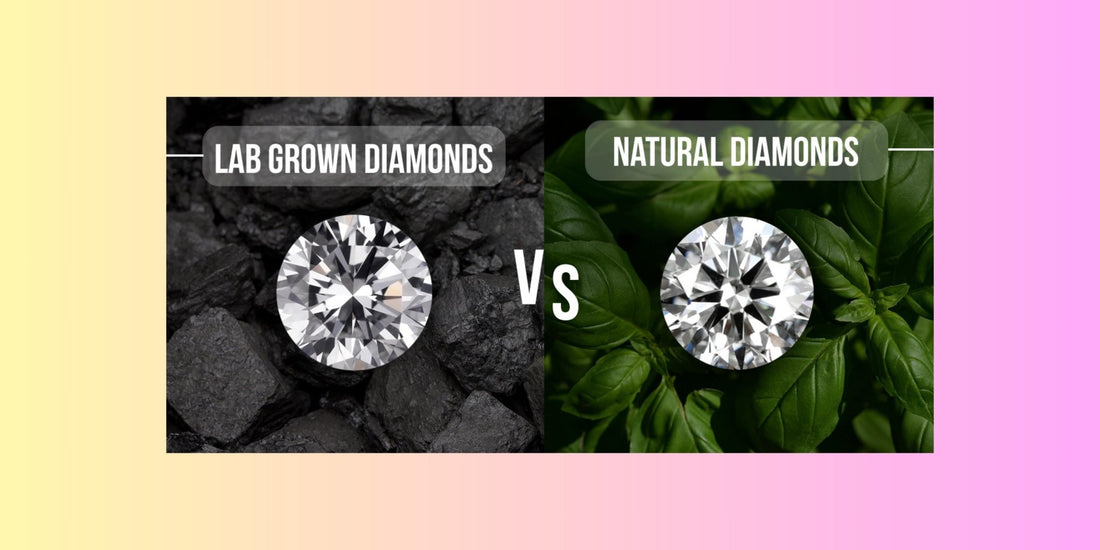What are Lab Grown Diamonds?
Lab-created diamonds, also known as lab-grown diamonds, synthetic diamonds, artificial diamonds, cultivated diamonds, or cultured diamonds, are diamonds created through human-made processes that replicate the characteristics of natural diamonds. These diamonds share the same chemical and optical properties as natural diamonds, as both are composed of carbon atom structures. Unlike diamonds formed through geological processes in nature, lab-created diamonds are produced through controlled laboratory conditions.
How Are Lab-Grown Diamonds Made?
Lab-created diamonds are produced by replicating the natural processes responsible for the formation of genuine diamonds. In nature, diamonds undergo a transformation over millions of years, evolving from carbon atoms subjected to intense heat and pressure into the exquisite gemstones we recognize.
Similarly, lab-created diamonds follow a parallel growth process, albeit in a man-made environment that accelerates the timeframe to several weeks, as opposed to millions of years. The initiation of man-made diamonds involves a minute diamond seed, carefully enclosed within a specialized chamber designed to emulate conditions found in the Earth's crust.
This seed, enveloped in pure carbon, undergoes a gradual transformation, ultimately resulting in a synthetic diamond that is chemically indistinguishable from a natural diamond.
Two distinct techniques are employed in the production of lab-created diamonds: High Pressure-High Temperature (HPHT) and Chemical Vapor Deposition (CVD).
In the HPHT method, the diamond seed, along with the surrounding carbon atoms, undergoes rigorous conditions involving high temperatures (approximately 1,500 degrees Celsius or 2,700 Fahrenheit) and intense pressure (1.5 million pounds per square inch). Conversely, the CVD method utilizes lower levels of heat and pressure. Instead, it introduces a blend of chemical gases that decompose and solidify into crystallized carbon atoms.
Despite the differences in approach, both methods yield the same outcome: the creation of a man-made diamond from scratch within a matter of weeks.
How to Tell the Difference Between Lab-Created Diamonds and Natural Diamonds
Distinguishing between lab-created diamonds and natural diamonds proves challenging even for experienced gemologists without the aid of specialized equipment. The most reliable method for differentiation lies in examining the grading report.
When professionals, such as gemologists, assess whether a diamond is mined or lab-grown, they employ magnification to scrutinize the nature of inclusions. In a natural diamond, these inclusions exhibit slight variations compared to those in lab-created diamonds. Discrepancies may also arise in how the diamond reflects light when compared to its synthetic counterpart.
However, when observed side by side, a lab-created diamond and a natural diamond generally appear indistinguishable to the naked eye. The key lies in relying on detailed grading reports for accurate identification.

